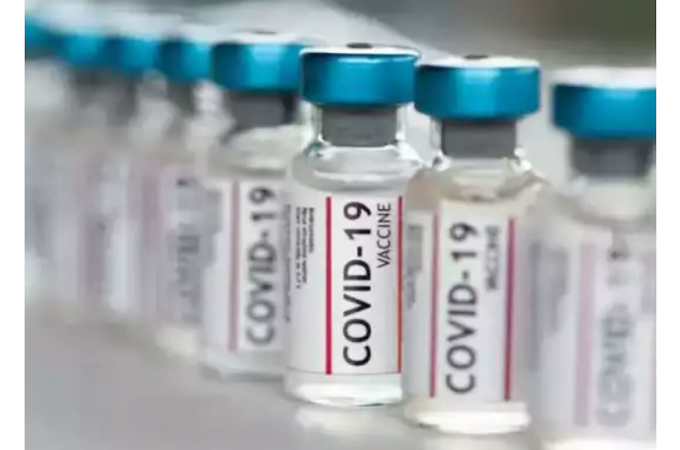Nutrition Guidelines For Young Children (ages 5 To 8)
Most school-aged children develop curiosity about food and new eating habits as they grow. While certain foods are essential, every child has unique dietary needs and preferences. To make sure your child gets enough of all the right stuff, see these tips for healthy snacks and meals, and follow the guidelines below.
Offer your child foods from all five major food groups (grains, fruits, vegetables, dairy, and protein) at every meal. You may not always be able to get him to eat the recommended amount from each group every day, but if you serve a variety of healthy food, he'll eventually get what he needs over the course of a week.
GrainsGrains contain fiber, which aids digestion, and complex carbohydrates, which provide energy. Grains are also great sources of B vitamins, and some fortified ready-to-eat cereals provide an entire day's worth of many vitamins and minerals.
Grains come in two types – whole grains and refined grains. Whole grain products use the entire grain kernel and have more fiber, iron and B vitamins than refined grains. Examples of whole grains are whole wheat flour and bread, bulgur, oatmeal, whole cornmeal, brown rice, and whole wheat pasta.
Refined grains have been processed to give them a finer texture and a longer shelf life. Refined grain products include white flour and bread, white rice, and most kinds of pasta.
Some foods are made from both whole grains and refined grains.
The USDA recommends getting at least half of your grains from whole grains.
How much big kids need daily: About five ounce equivalents.
How much is in an ounce of grains: An ounce of grains equals one slice of bread, 1 cup of ready-to-eat cereal, or 1/2 cup of cooked pasta or cooked cereal.
Examples of the daily requirement:
Vegetables provide plenty of fiber, along with vitamins C and A and potassium. In addition, most produce contains antioxidants, disease-fighting substances that may lower the risk of cancer and heart disease later in life.
Over the course of a week, try to serve your child lots of different-colored vegetables – dark green broccoli, light green beans, orange carrots, red tomatoes, and so on. That way, you'll be sure he's getting all the nutrients each vegetable has to offer.
How much big kids need daily: About 1 1/2 cups.
How much is in a cup of vegetables: A cup of vegetables equals 1 cup of cooked or raw vegetables, 2 cups of raw leafy greens, one large tomato, or two medium carrots.
Examples of your the daily requirement:
Fruit also provides plenty of fiber, along with vitamins C and A and potassium. In addition, most produce contains antioxidants, disease-fighting substances that may lower the risk of cancer and heart disease later in life.
Serve your child a colorful variety of fruits to be sure he gets as many different nutrients as possible.
How much big kids need daily: About 1 to 1 1/2 cups.
How much is in a cup of fruit: A cup of fruit equals 1 cup of fresh, frozen, or canned fruit; 1/2 cup dried fruit; one half of a large apple; one 8-inch or 9-inch banana; one medium (4-inch diameter) grapefruit.
Examples of the daily requirement:
Most dairy products are wonderful sources of calcium, which gives your child strong teeth and bones. They're also excellent sources of protein – good to know if your child doesn't like meat.
Once your child is older than 2, make the switch to low-fat or fat-free milk. Your child gets the same amount of calcium and vitamin D, but less solid fat and fewer calories.
Solid fats are mainly saturated fat, which raise blood cholesterol levels. Do your child a favor by getting him in the habit of drinking low-fat milk as a youngster.
How much big kids need daily: About 2 1/2 cups.
How much is in a cup of dairy: A cup of dairy can be 1 cup milk, yogurt, or soy milk; 1 1/2 ounces, two slices, or 1/3 cup shredded hard cheese (such as cheddar, mozzarella, Swiss, or Parmesan); 2 ounces processed (American) cheese; 1/2 cup ricotta cheese; 2 cups cottage cheese; 1 cup pudding made with milk; or 1 1/2 cups ice cream.
Examples of the daily requirement:
Meat, poultry, seafood, beans and peas, eggs, soy products, and nuts and seeds are all protein foods. (Beans and peas are also part of the vegetable food group.) Unless you're raising your child to be vegetarian, try to serve seafood at least twice a week.
Choose lean or low-fat meat and poultry, and remove skin from chicken before cooking. Protein foods give your child iron, zinc, and some B vitamins.
How much big kids need daily: About four ounce equivalents.
How much is in an ounce of protein: An ounce equivalent of protein equals 1 ounce of meat, fish, or poultry; one egg; 1 tablespoon of nut butter; 1/4 cup of cooked beans; 1/8 cup of tofu; and 1/2 ounce of nuts or seeds.
Examples of the daily requirement:
Oils aren't considered a separate food group, but they do provide some nutrients necessary for a healthy diet, and they are the major source of vitamin E in the typical American diet. Still, only small amounts of oils are necessary.
Oils are fats that are liquid at room temperature, like the vegetable oils used in cooking or salad dressings. Some foods, such as nuts, certain fish, avocados, and olives, are naturally high in oils. (Two tablespoons of peanut butter contain 2 teaspoons of oil.)
Most children get all the oils they need in the food they eat or in salad dressings or oils used for cooking. Children 5 to 8 years old need about 4 teaspoons of oil a day.









0 Comments